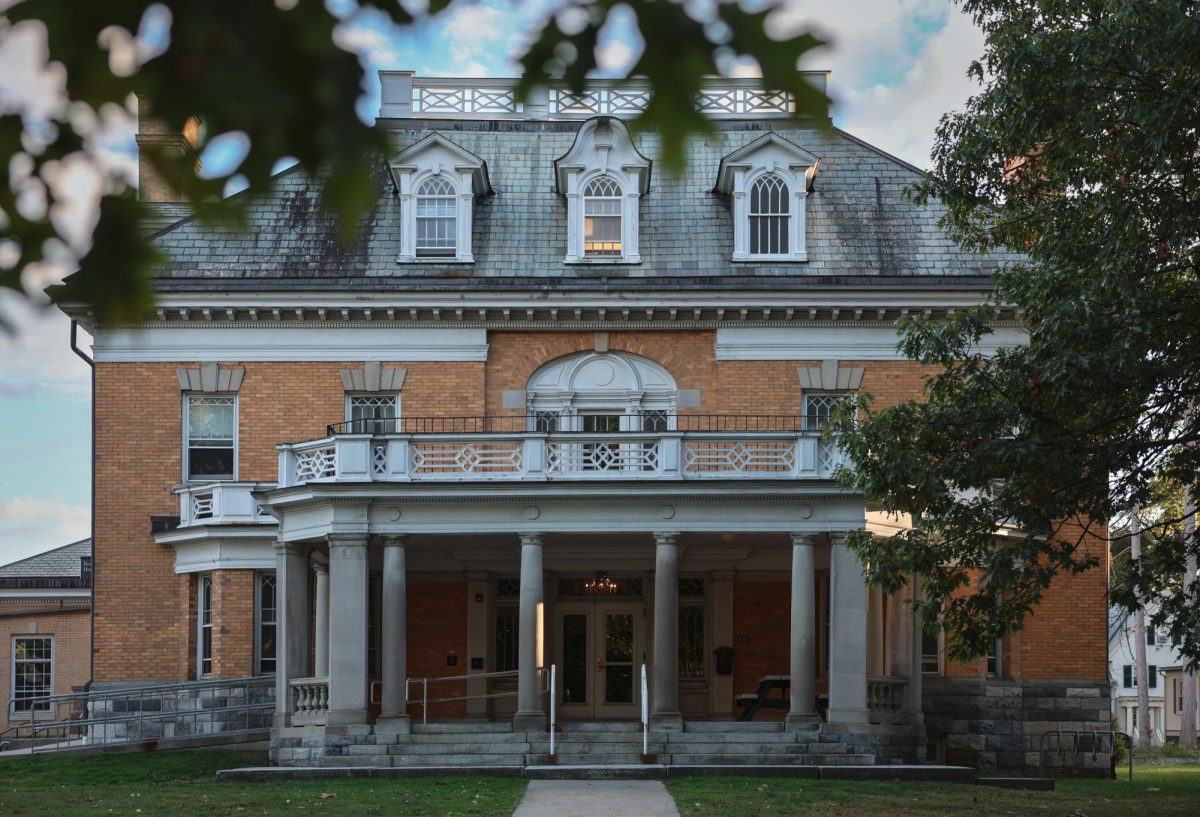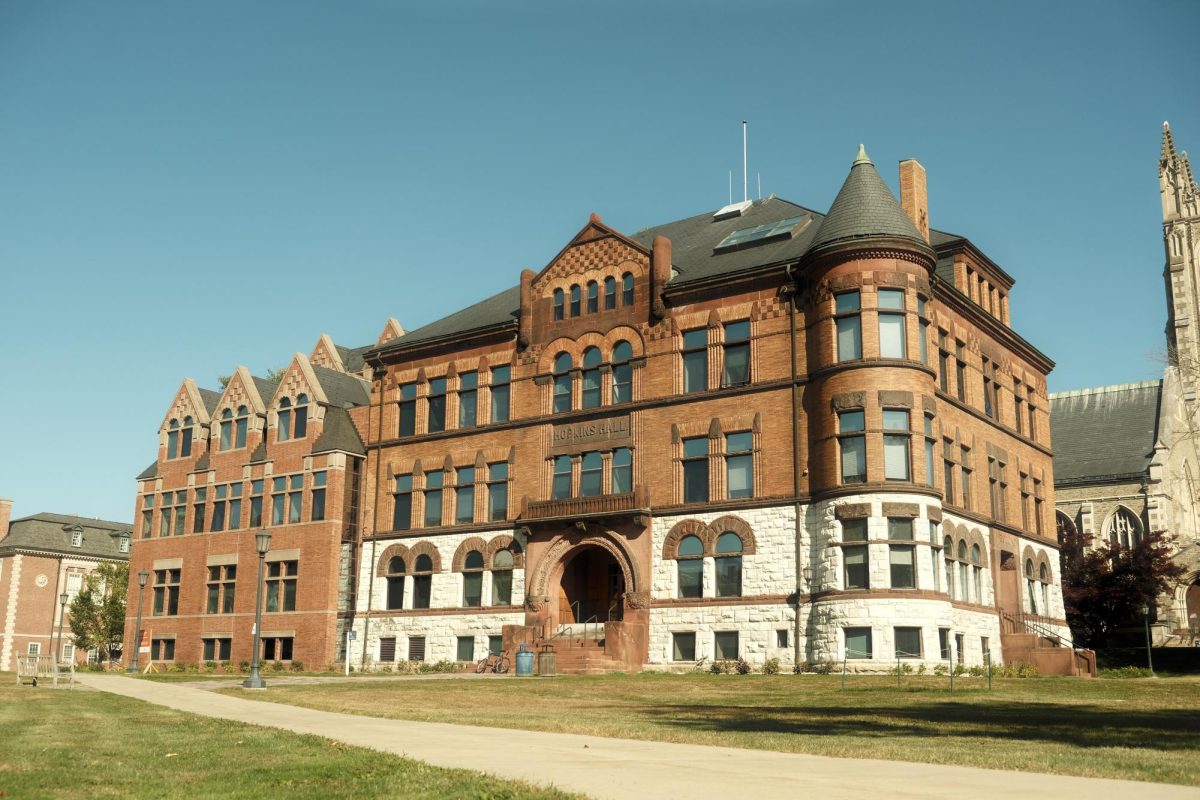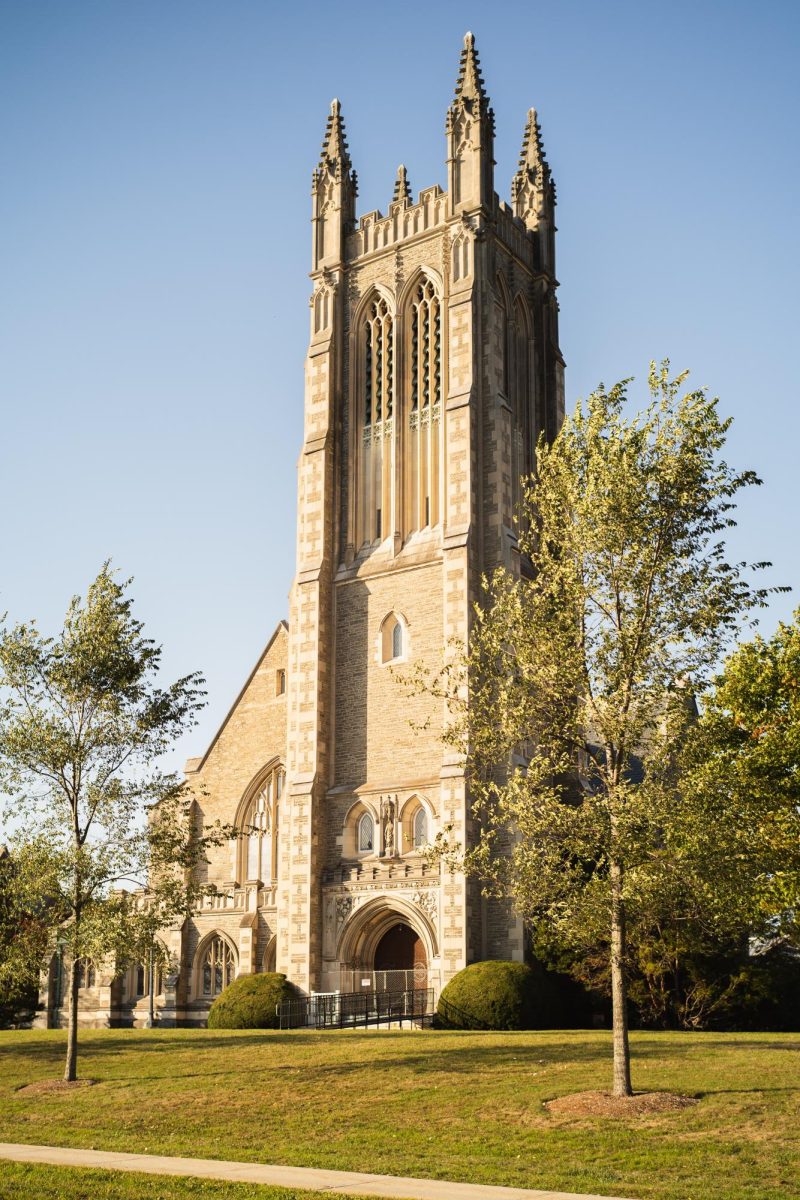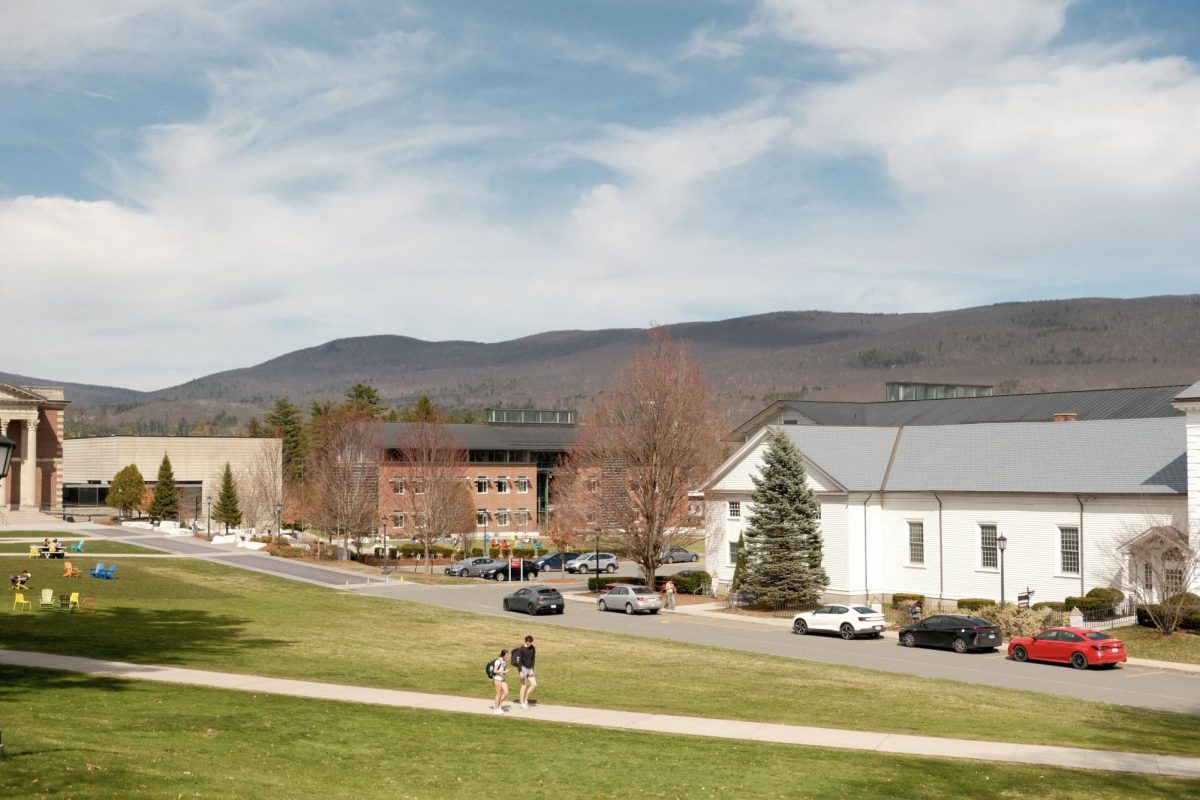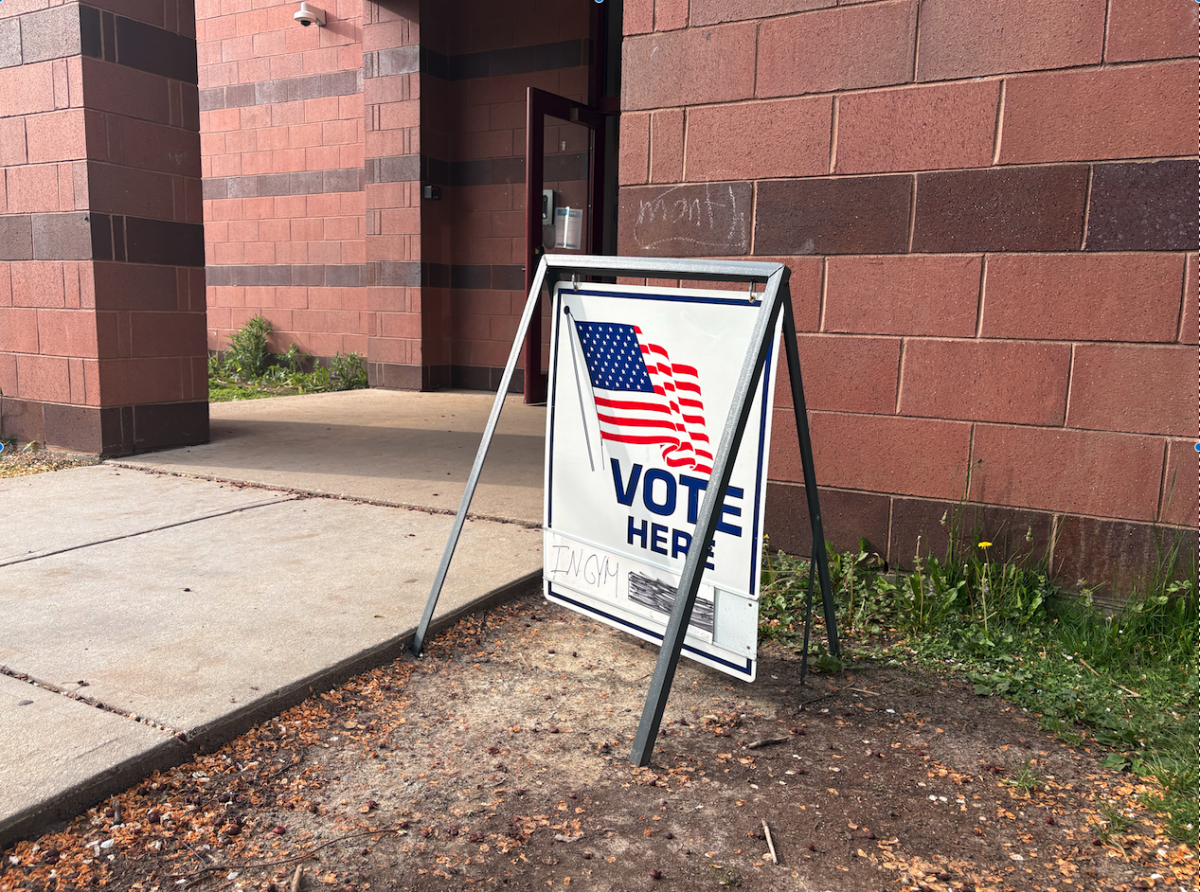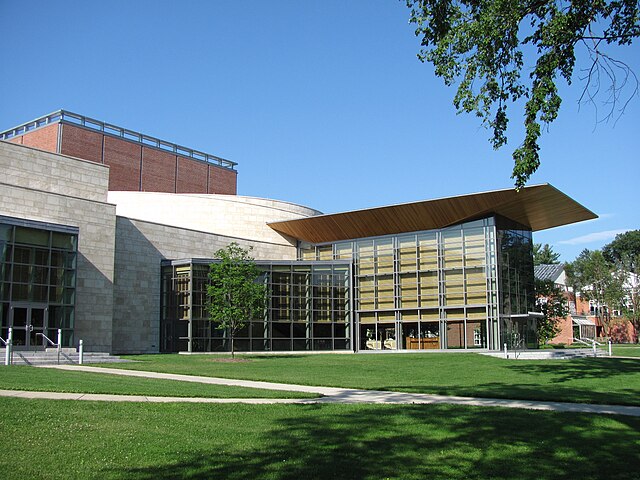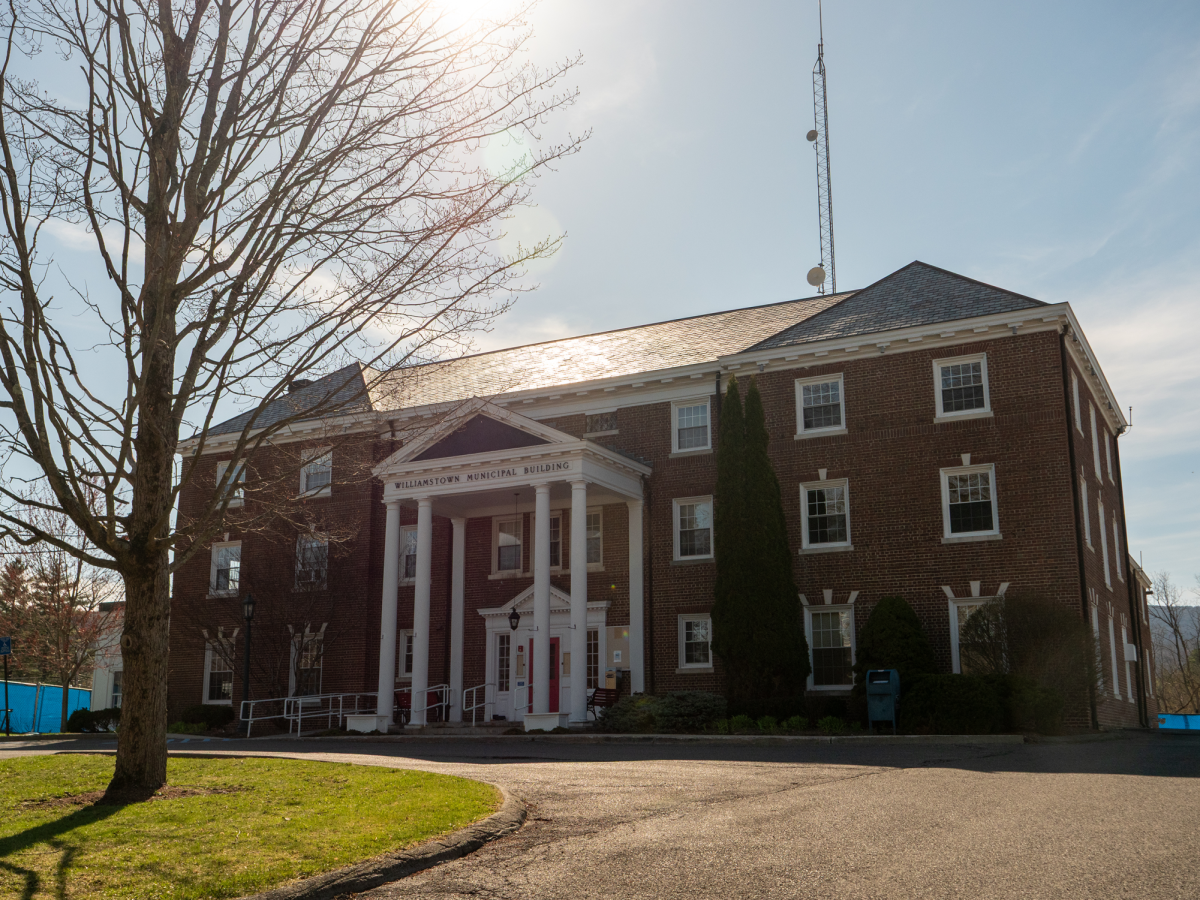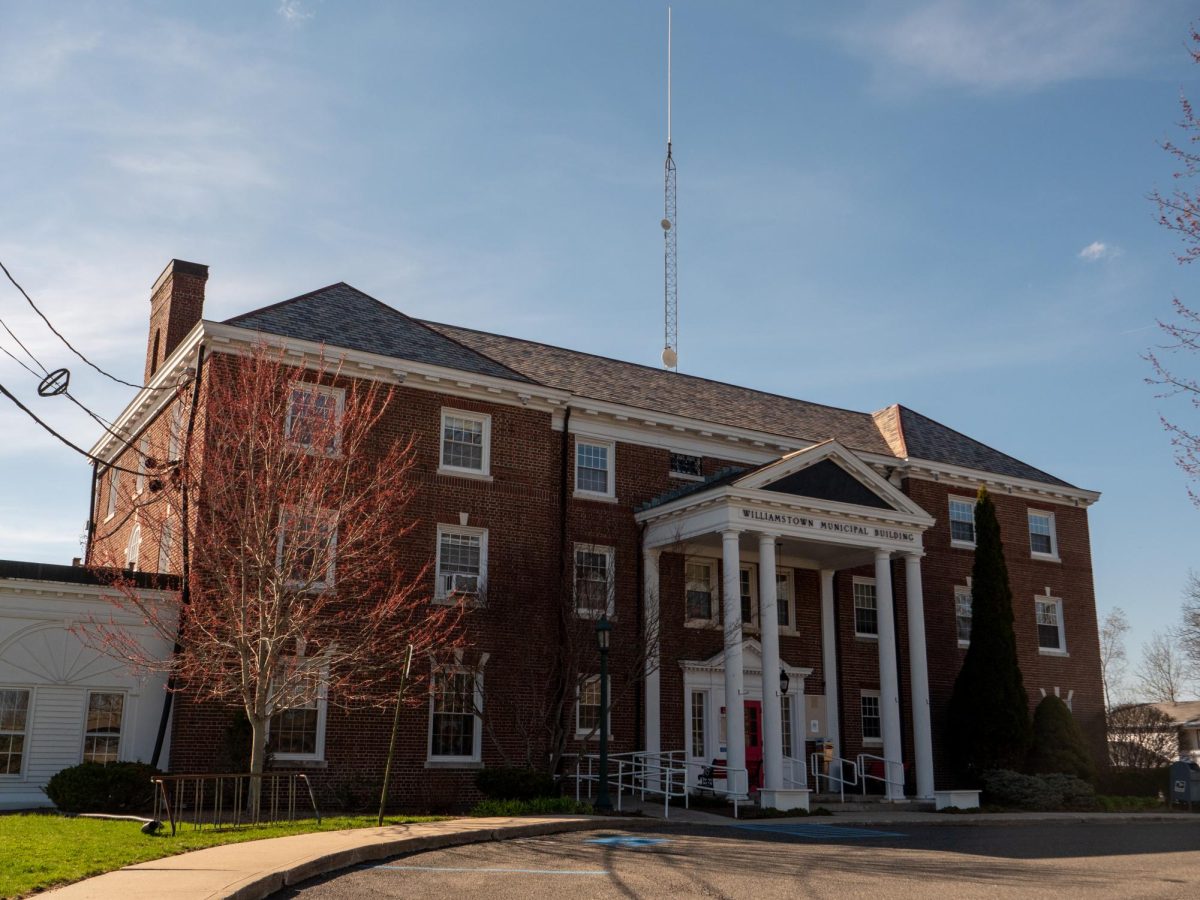The National Weather Service issued a red flag warning for Western Massachusetts on Nov. 6, signaling a high risk of brush fire amid unseasonably low humidity, warm temperatures, and strong winds. In response to these conditions — which have created the second driest season in Williamstown since 1892 — more than 200 municipalities across the state, including North Adams, have prohibited all outdoor fires.
As drought and red flag warnings persist across the Northeast, several brush fires have spread throughout nearby towns and counties, including a brush and trail fire in Pownal, Vt., on Nov. 13. The Williamstown Police Department posted on Facebook that the Hoosic and Williamstown Fire Departments were working to extinguish the fire but that smoke might spread to the northern areas of Williamstown.
Professor of Geology and Mineralogy, Emeritus, David Dethier told the Record that the lack of precipitation in the region has led to proctacted dryness in the soil and thus in the air. “Sometimes late summer and early fall is dry, but when the vegetation stops using water (evapotranspiration) in mid-September, rain after that tends to slowly fill pore space in soil and eventually deeper (groundwater),” he wrote in an email to the Record. “That post-mid-September rain just hasn’t happened and it’s been warm, drying the soil out even more.”
According to data from Hopkins Memorial Forest, this fall’s precipitation is 70 percent below average. As of Nov. 14, the forest’s weather station had registered only 3.38 inches of rain for the season, a steep decrease from last year’s 11.34 inches and the average of 11.35 inches from 2006 to 2023.
Further elevating the danger of wildfires was a string of late fall days with highs above 70 degrees Fahrenheit, roughly 20 degrees above average. According to Hopkins Memorial Forest data, the late fall temperature spikes were also accompanied by increases in average wind speed, further increasing the risk of wildfires.
Center for Environmental Studies Laboratory Supervisor and Lecturer Jay Racela, who retrieves data from the four weather stations at Hopkins Forest, said that dry conditions in Williamstown are not unusual this time of year, but that this year’s conditions were still an anomaly.
“Typically September and October can be drier periods, and we do see red flag warnings in the fall,” Racela said in an interview with the Record. “But this fall is exceptionally dry for us. We are currently the second driest September, October, and November combined since 1892 in Williamstown.”
Hopkins Forest also monitors dry conditions by measuring the depth of groundwater using wells. “The water level is the furthest below the surface than we’ve ever seen it right now,” Racela said. “We know we’re in extreme dry conditions.”






